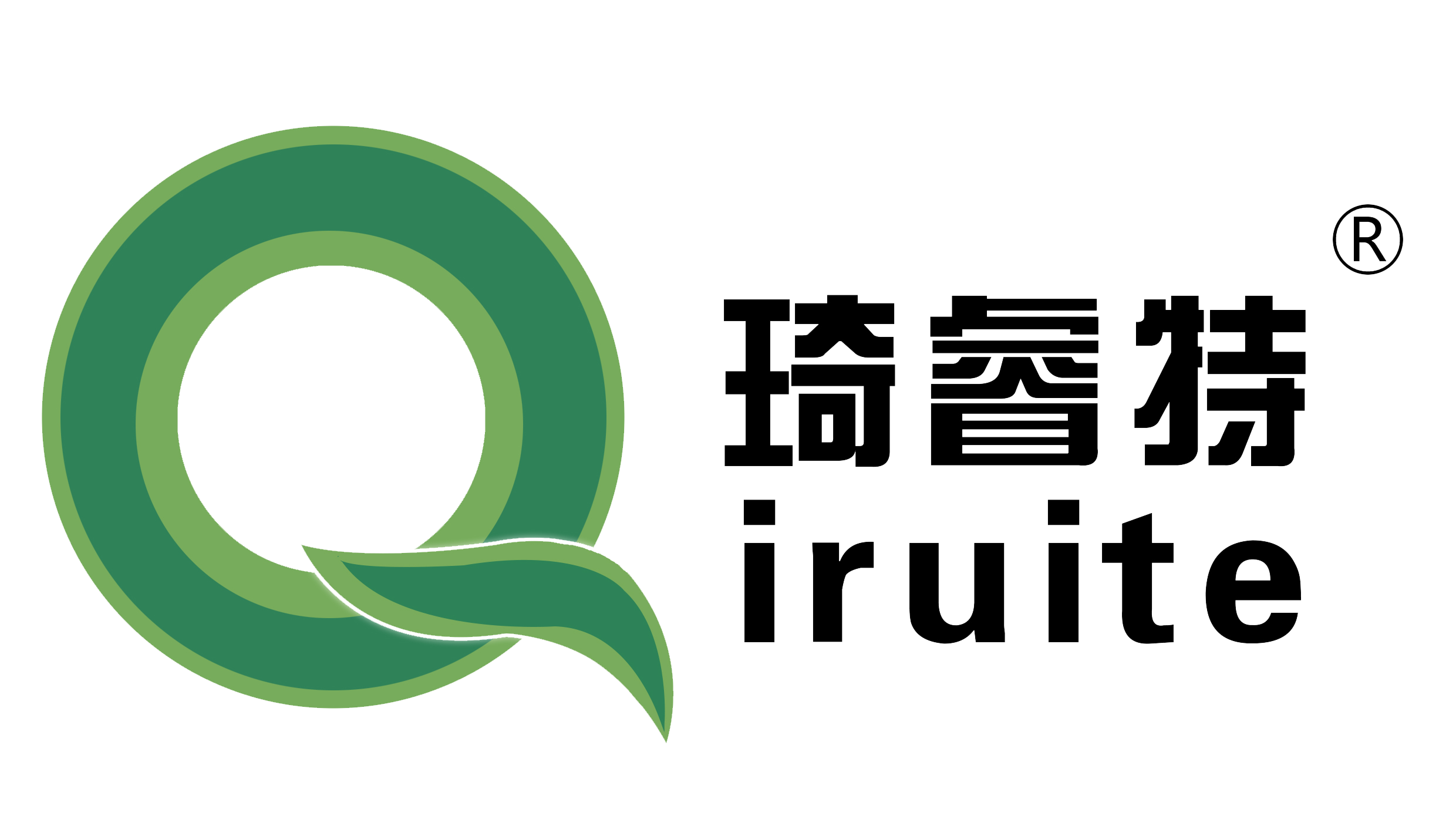Choosing the Right Power Steering Hose Fitting for Your Vehicle's Needs
Understanding Power Steering Hose Fitting A Comprehensive Guide
Power steering is an essential component of modern vehicles, allowing drivers to maneuver their cars with ease and precision. At the heart of this system lies the power steering hose and its fittings, which play a crucial role in maintaining the hydraulic power necessary for effective steering. In this article, we will delve into the importance of power steering hose fittings, types available, common issues, and maintenance practices to ensure your steering system remains in optimal condition.
The Importance of Power Steering Hose Fittings
Power steering hose fittings are critical connectors that link various components of the power steering system. They facilitate the transfer of hydraulic fluid from the pump to the steering gear, enabling the steering mechanism to function effectively. These fittings must create a secure, leak-free connection to prevent hydraulic fluid loss, which can lead to steering failure and pose serious safety risks.
Types of Power Steering Hose Fittings
Power steering hose fittings come in different types, and understanding these variations is important for proper replacement or repair. Here are some common types
1. Barb Fittings These fittings have ridges or barbs that grip the hose securely. They are easy to install and are commonly used in low-pressure systems.
2. Crimped Fittings These fittings are designed to provide a stronger connection. The hose is crimped onto the fitting using a specialized tool, ensuring a tight, leak-proof seal. Crimped fittings are often found in high-pressure applications.
3. Threaded Fittings These fittings have threads that allow them to screw securely into the hose or component. They are commonly used in various automotive and industrial applications.
4. Clamp Fittings Utilizing a hose clamp, these fittings hold the hose tightly against the connector. They are relatively simple and effective, but care must be taken to ensure they are tightened adequately to avoid leaks.
Common Issues with Power Steering Hose Fittings
Over time, power steering hose fittings can develop issues that affect the performance of the steering system. Some common problems include
power steering hose fitting

- Leaks A sudden loss of power steering fluid due to a faulty or worn fitting can cause steering difficulties
. Leaks may develop from wear and tear, rust, or improper installation.- Corrosion Exposure to road salt, moisture, and grime can lead to corrosion, which compromises the integrity of the fittings, resulting in leaks or breakage.
- Loose Fittings Vibration and movement can cause fittings to loosen over time. Regular inspections are necessary to ensure they remain securely attached.
Maintenance Practices for Power Steering Hose Fittings
Proper maintenance of power steering hose fittings is essential to prevent failures. Here are a few practices to keep in mind
1. Regular Inspections Routinely check the power steering system for any signs of leaks, corrosion, or loose fittings. Early detection can prevent more significant issues down the line.
2. Fluid Checks Monitor the power steering fluid level regularly. Low fluid levels may indicate a leak or other issues within the system.
3. Proper Installation When replacing hose fittings, always ensure they are installed correctly and securely. Follow the manufacturer’s guidelines for torque specifications to avoid issues.
4. Use Quality Parts Opt for high-quality fittings that meet or exceed OEM specifications to ensure durability and reliability.
5. Professional Assistance If you encounter persistent issues with your power steering system, consult a qualified mechanic. Professional diagnosis can save you time and prevent further problems.
Conclusion
In summary, power steering hose fittings may seem like minor components, but they are vital for the safe and effective operation of a vehicle's steering system. By understanding the types of fittings, recognizing potential issues, and implementing maintenance practices, vehicle owners can ensure that their power steering system performs optimally, enhancing both safety and driving pleasure. Stay proactive in your vehicle maintenance, and enjoy a smoother, more controlled driving experience.
-
Ultimate Spiral Protection for Hoses & CablesNewsJun.26,2025
-
The Ultimate Quick-Connect Solutions for Every NeedNewsJun.26,2025
-
SAE J1401 Brake Hose: Reliable Choice for Safe BrakingNewsJun.26,2025
-
Reliable J2064 A/C Hoses for Real-World Cooling NeedsNewsJun.26,2025
-
Heavy-Duty Sewer Jetting Hoses Built to LastNewsJun.26,2025
-
Fix Power Steering Tube Leaks Fast – Durable & Affordable SolutionNewsJun.26,2025

